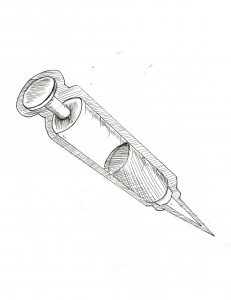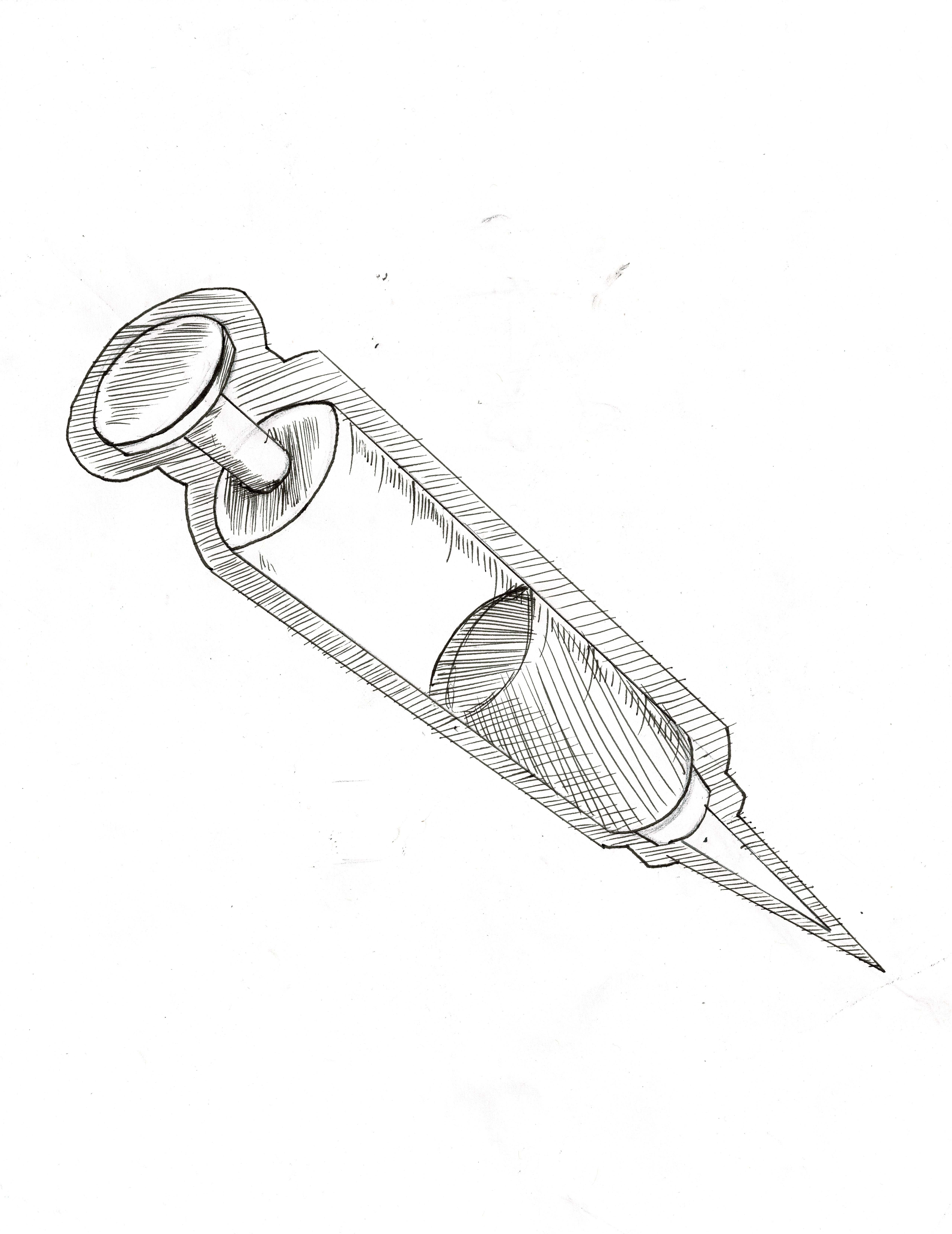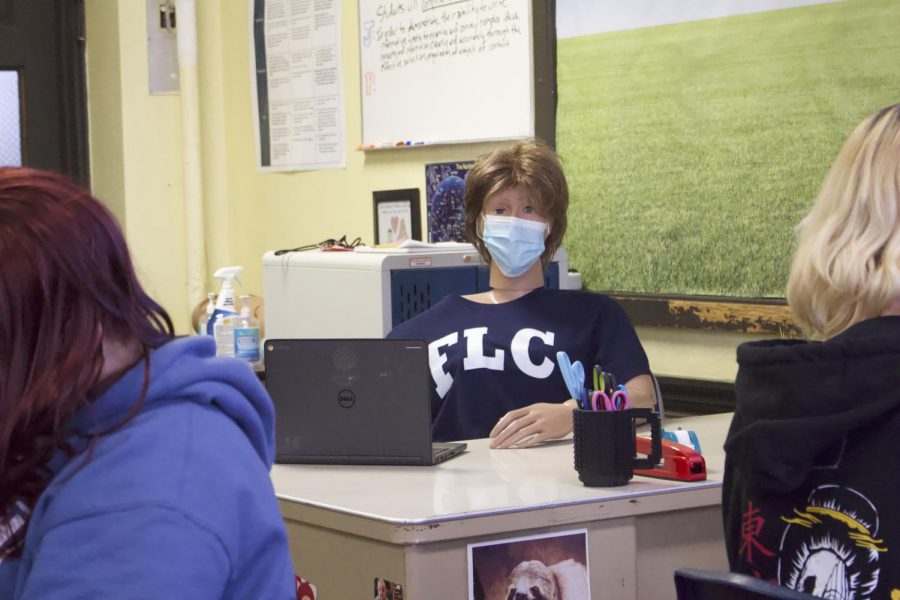Author: Jessica Munz

This seasons flu has claimed the lives of many people, resulting in one of the deadliest flu’s to date. Whether you heard about the flu on the news or from a parent or friend, one thing is sure; take the proper precautions and be careful.
To put it simply, the flu is just a common viral infection with symptoms that may include fever and muscle ache. The flu has left those affected feeling uncomfortable with symptoms of chills, dehydration, fatigue, fever, flushing, loss of appetite, body ache, or sweating. My cousin ,William, was affected by the flu, at college, and was even sent to the hospital. He said he felt “dizzy with muscle aches.” The pain was so severe that he could barely sit up and had an overwhelming fever. Even though my cousin was affected recently, our normal flu season started around November. November and December is the time of year where most family gatherings and social events take place, which can lead to more harmful bacteria and sickness being spread.
But what causes this deadly flu? Every year different strains o
f influenza circulate. This year, influenza A, specifically H3N2, the most dominant strain, is especially prevalent, according to the CDC (US Centers for Disease Control). The country tends to see more serious cases of the flu, especially in young children and elderly adults, as well as decreased vaccine effectiveness, resulting in more infections and more hospitalizations. Most tragically, seniors ,65 years of age and older, are being hospitalized more than any other age group, according to the latest data from the Centers for Disease Control and Prevention. By February 10th, approximately 84 children/ infants had died because of the flu. Treatment is simple just like any other cases of the flu. Stay home to avoid spreading it to anyone else, take prescribed antiviral drugs (used for treating viral infections), everyday precautions like washing your hands and sneezing into a napkin, and making sure that you are up to date on your flu shot. The death rate is still elevating each week and H3N2 is clinging on to the last of the season.










